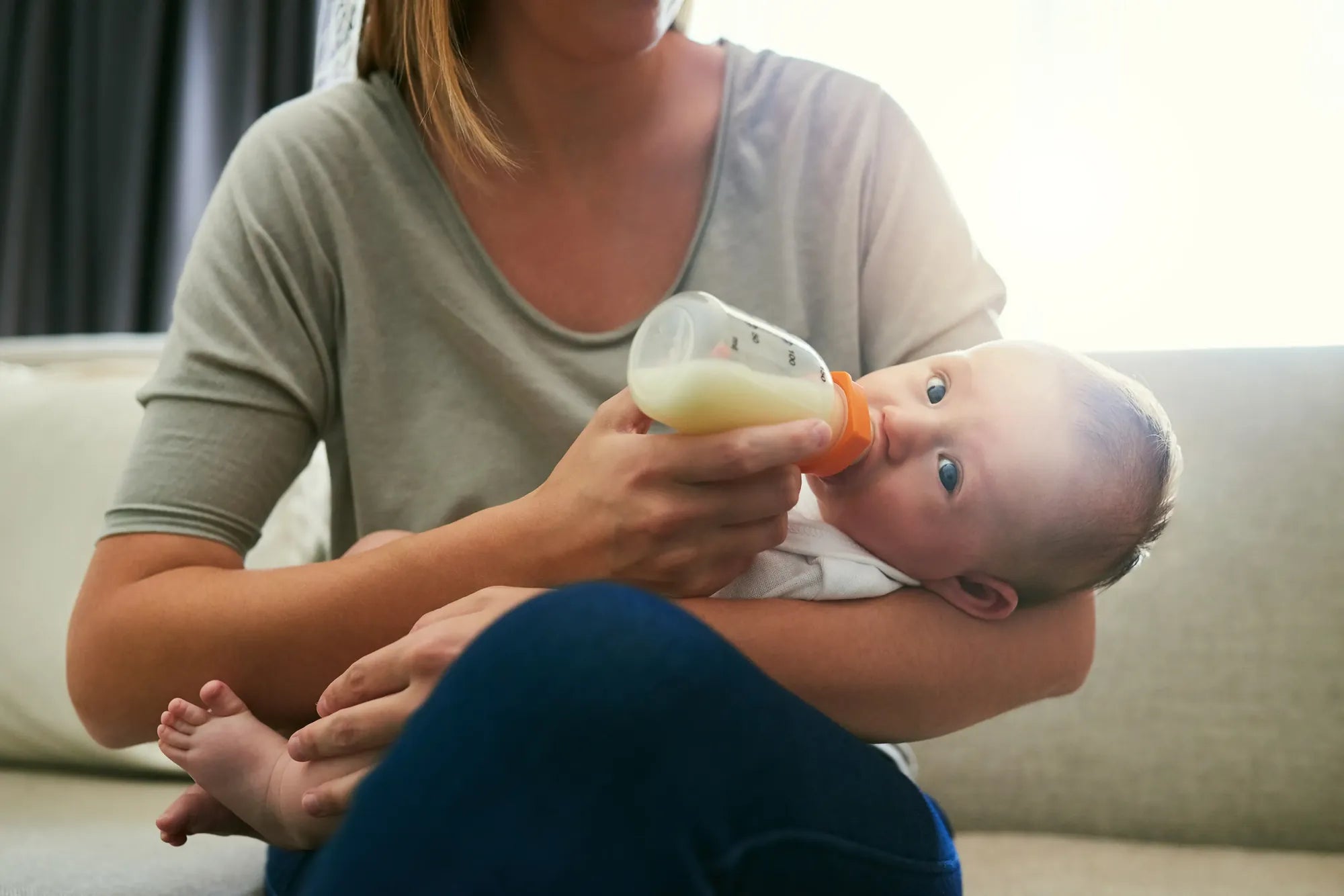Home
Pregnancy, Breastfeeding, and Pumping: The Ultimate Guide for Moms
Can I Test My Breast Pump Before I Give Birth? Everything You Need to Know

Can I Test My Breast Pump Before I Give Birth? Everything You Need to Know
For many expectant mothers, preparing for the arrival of their baby includes thinking about breastfeeding and the tools that can make the process smoother. One common question that arises is, Can I test my breast pump before I give birth? The answer is yes, and doing so can provide numerous benefits. Testing your breast pump ahead of time can help you familiarize yourself with its operation, ensure it’s functioning correctly, and give you peace of mind as you approach your due date.
In this article, we’ll explore why testing your breast pump before giving birth is a good idea, how to do it safely, and what to look for during the process. Whether you’re a first-time mom or have been through this before, understanding how to prepare your breast pump can make a significant difference in your breastfeeding journey.
Why Test Your Breast Pump Before Giving Birth?
Testing your breast pump before giving birth offers several advantages. First, it allows you to become comfortable with the device. Breast pumps can have different settings, parts, and mechanisms, and practicing with them beforehand can help you feel more confident when the time comes to use it regularly.
Second, testing your pump ensures that it’s in good working condition. Discovering any issues before your baby arrives gives you time to address them, whether that means replacing parts, troubleshooting, or seeking assistance from the manufacturer.
Finally, testing your breast pump can help stimulate colostrum production, the nutrient-rich first milk your body produces. While not all women will produce colostrum before giving birth, some may find that using a breast pump encourages their body to start preparing for lactation.
How to Safely Test Your Breast Pump Before Giving Birth
If you’re wondering how to test your breast pump before giving birth, it’s important to do so safely. Here are some steps to follow:
- Consult Your Healthcare Provider: Before using a breast pump, especially if you’re still pregnant, it’s a good idea to talk to your doctor or midwife. They can provide guidance based on your individual health and pregnancy.
- Choose the Right Time: Some experts recommend waiting until after 37 weeks of pregnancy to test your breast pump, as this reduces the risk of stimulating premature labor.
- Start Slowly: Begin with the lowest suction setting to avoid discomfort. Gradually increase the intensity if needed, but always prioritize your comfort.
- Keep Sessions Short: Limit your pumping sessions to 5-10 minutes initially. This helps prevent overstimulation and allows your body to adjust.
- Clean and Sanitize: Ensure all parts of your breast pump are thoroughly cleaned and sanitized before and after each use to maintain hygiene.
What to Look for When Testing Your Breast Pump
When testing your breast pump, there are several things to pay attention to:
- Comfort: The pump should feel comfortable on your breasts. If you experience pain or discomfort, adjust the settings or try a different flange size.
- Suction Strength: The pump should provide adequate suction without being too intense. Experiment with different settings to find what works best for you.
- Noise Level: Some breast pumps can be noisy, which might be a concern if you plan to use it in shared spaces. Test the noise level to ensure it’s acceptable for your needs.
- Ease of Use: Make sure the pump is easy to assemble, disassemble, and clean. Complicated designs can be frustrating to use regularly.
- Portability: If you plan to use your pump on the go, test its portability and battery life to ensure it meets your lifestyle needs.
Preparing for Breastfeeding Success
Testing your breast pump is just one step in preparing for breastfeeding success. Here are some additional tips to help you get ready:
Educate Yourself: Take a breastfeeding class or read up on the basics of lactation. Understanding how breastfeeding works can help you feel more prepared.
Build a Support System: Surround yourself with supportive family members, friends, or lactation consultants who can offer guidance and encouragement.
Stock Up on Supplies: In addition to your breast pump, gather other breastfeeding essentials, such as nursing bras, breast pads, and milk storage containers.
Practice Self-Care: Breastfeeding can be physically and emotionally demanding. Prioritize rest, nutrition, and hydration to support your body during this time.
Common Concerns About Testing a Breast Pump Before Birth
Some women may have concerns about testing their breast pump before giving birth. Here are a few common questions and their answers:
Will testing my breast pump induce labor? While breast stimulation can trigger uterine contractions, using a breast pump for short periods at a low setting is generally safe after 37 weeks of pregnancy. However, always consult your healthcare provider if you’re unsure.
What if I don’t produce any milk? It’s normal not to produce milk or colostrum before giving birth. Testing your pump is more about familiarizing yourself with the device than expecting immediate results.
Can I use a hand pump instead? Yes, a manual hand pump can also be tested before birth. It’s a good option if you prefer a simpler, more portable device.
Final Thoughts on Testing Your Breast Pump Before Birth
Testing your breast pump before giving birth is a practical and proactive step that can make your breastfeeding journey smoother. By familiarizing yourself with the device, ensuring it’s in good working condition, and addressing any concerns ahead of time, you’ll be better prepared to focus on bonding with your baby after delivery.
Remember, every woman’s experience with breastfeeding is unique, and it’s okay to seek help if you encounter challenges. Whether you’re testing your breast pump, attending a breastfeeding class, or simply gathering supplies, taking these steps can help you feel more confident and ready for the exciting journey ahead.
Share


